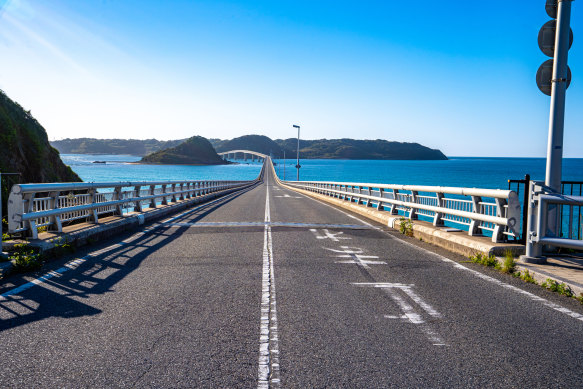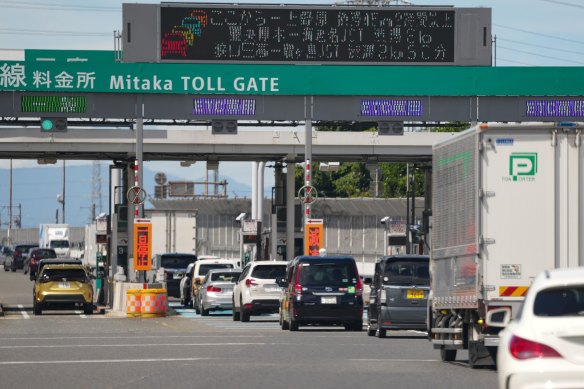Heading to Japan? The other form of transport to consider
If you’ve never thought about driving in Japan, now might be the time. The cost of the Japan Rail Pass was increased by 70 per cent late last year, while the cost of petrol is a fifth less than the world average. Currently, you’ll pay about 175 yen ($1.70) a litre.

Driving in Japan is a lot less challenging - and expensive - than you think.Credit: iStock
There are some other costs involved in driving, however. Expressways and some tunnels have tolls, so you’ll want to avoid long distances. Urban parking is relatively pricey, and you’ll need an international driving licence, which costs about $60.
Of course, there’s more to consider than that, starting with your carbon footprint. And if you want to experience the bright lights of big cities, then car rental would indeed be madness. Traffic congestion requires the patience of a Zen master.
Cast your eye on rural Japan, however, and public transport systems become less convenient and connections less frequent. Rural trains can be frustratingly slow. Once you’re away from cities in destinations such as Kyushu and Hokkaido, roads are quiet.
Car rental companies have the usual top-notch Japanese service. If staff don’t speak English, they will have hand-held devices to translate. You’ll need an ETC card for tolls, but rental companies will supply one, and you can settle the tolls on returning your car.
Using the GPS system takes getting used to. It, too, has an English option, but it requires you to input the phone number of your destination or a six-digit location code, so you’ll have to know those in advance. However, if you have a working phone you can always rely on Google Maps as an alternative.

You’ll need an ETC card for tolls, but rental companies will supply one.Credit: Bloomberg
Driving is on the left as in Australia, and road regulations and signage generally follow international convention. You might find the occasional directional sign in Japanese only, but most have names transliterated into Roman characters.
Driving isn’t as challenging as you might suppose. For a start, speed limits are low: 100km/h on expressways, 60km/h on ordinary roads, and 40 or even 30km/h in urban zones. Roads are in good condition, although narrow.
Moreover, the Japanese are courteous drivers and seldom impatient. You won’t hear much horn honking, and drivers are content to dawdle behind slow cars rather than overtake. Pedestrians always have the right of way.
One thing to be alert for are stop lines much further back from traffic lights than you expect in Australia. Many traffic lights hang over the middle of the road, American style, rather than sit on poles to the side, so watch out.
The biggest challenge might be wriggling into tiny parking spaces. Ticket machines fortunately have an English-language option in this land of the considerate.
You really won’t find many issues. You won’t even have to pump petrol, as most petrol stations are full service (but beware: some accept cash only). The attendant might wash your window, facilitate your rejoining the traffic, and bow as you trundle off. Sayonara, and bon voyage.
Sign up for the Traveller newsletter
The latest travel news, tips and inspiration delivered to your inbox. Sign up now.